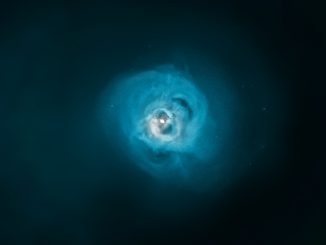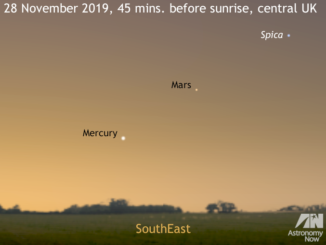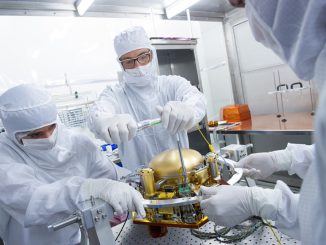
In another first for Mars exploration, the Japan Aerospace Exploration Agency (JAXA) and the Japan Broadcasting Corp. (NHK) will send a “Super Hi-Vision Camera” to the red planet aboard JAXA’s Martian Moons eXploration mission, scheduled for launch in 2024.
Building on technology developed for earlier cameras, the Super Hi-Vision Camera system will be capable of capturing ultra-high resolution 4K and 8K images throughout MMX’s mission to explore Mars from orbit, focussing on the martian moons Phobos and Diemos before collecting and returning samples from the latter.
“JAXA and NHK aim to take the world’s first 8K images of Mars and its moons by utilising the expertise accumulated through the past cooperation,” the Japanese space agency said in a statement.
“In addition, JAXA and NHK aim to visualise the actual behaviour of the spacecraft with the Super Hi-Vision Camera, providing a high level of reality by combining the 4K/8K images and MMX’s flight data. These can also be used for the operation of the spacecraft.”
The statement said “JAXA and NHK will work together to convey the appeal of a new horizon that has never been seen in detail before to many people in a vivid and inspiring way.”



